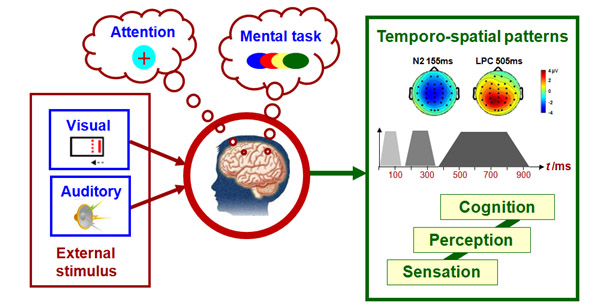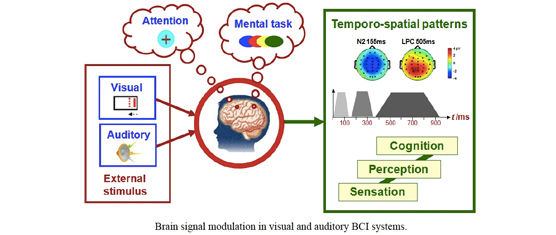Shangkai Gao, Yijun Wang, Xiaorong Gao, Bo Hong
Tsinghua University, University of California San Diego, Volume 61, Issue 5, Page:1436-1447

Over the past several decades, electroencephalogram (EEG)-based brain-computer interfaces (BCIs) have attracted attention from researchers in the field of neuroscience, neural engineering, and clinical rehabilitation. While the performance of BCI systems has improved, they do not yet support widespread usage. Recently, visual and auditory BCI systems have become popular because of their high communication speeds, little user training, and low user variation. However, building robust and practical BCI systems from physiological and technical knowledge of neural modulation of visual and auditory brain responses remains a challenging problem. In this paper, we review the current state and future challenges of visual and auditory BCI systems. First, we describe a new taxonomy based on the multiple access methods used in telecommunication systems. Then, we discuss the challenges of translating current technology into real-life practices and outline potential avenues to address them. Specifically, this review aims to provide useful guidelines for exploring new paradigms and methodologies to improve the current visual and auditory BCI technology.

